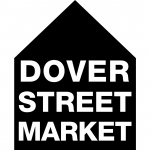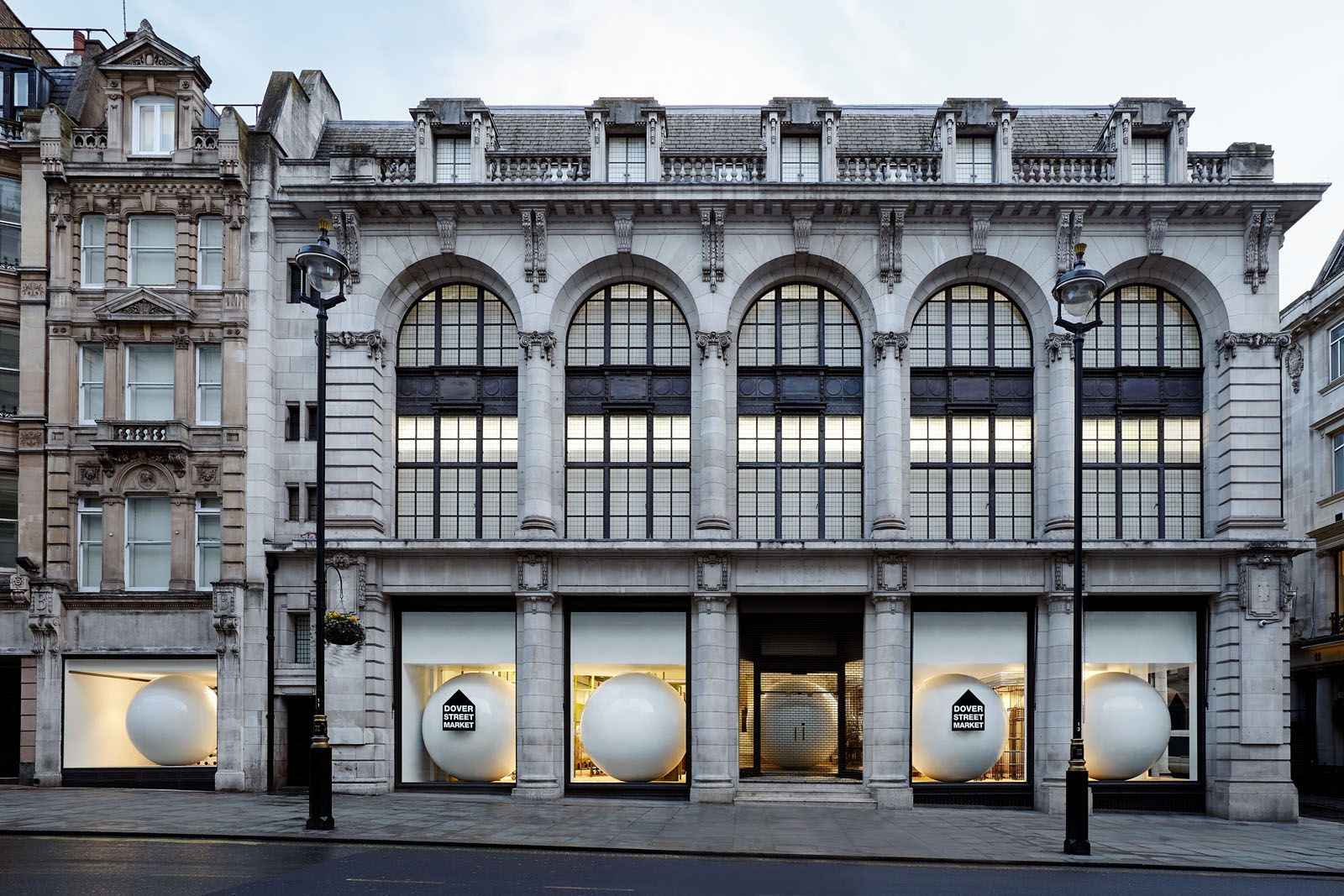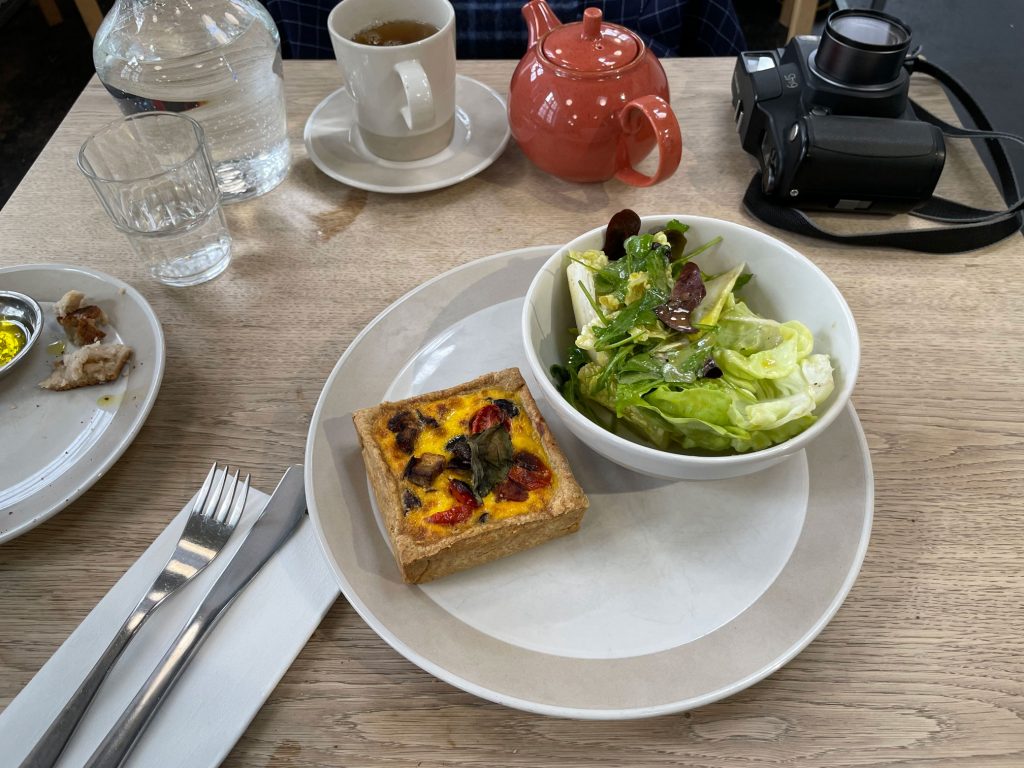Published
Celebrating locality
Cross-cultural dialogue
No matter if we are able to travel to far-flung places or not – the mixing of cultures, nationalities and heritages happens all around us. It has done so for generations, though today it happens on a larger scale and to a wider demographic. Living in a multicultural world provides us the opportunity to see and understand life on earth from different perspectives, from which we can learn and grow. Globalisation has contributed to a faster and easier transfer of goods and thoughts. We have moved away from locality and diversity to a shared global aesthetic. The modern world stimulates homogeneity globally.
[BRAND NAME] wants to stimulate a more diverse understanding of our modern world by creating clothing that takes locality as inspiration for transforming globalised garments into localised expressions of our multicultural world.
Locally made & sold
Some things can only be found in very specific places in the world. However we have now access to almost anything from anywhere through the convenience of online shopping, international shipping and an interconnected world economy. Almost everything from anywhere is within our reach. The accessibility to such a wide gamma of goods from around the world has made us into greedy and unappreciative consumers. There is value in things being made and sold locally only, as it means the producer and consumer create a stronger connection; in physical contact the meeting of cultures can exist.
[BRAND NAME] wants to stimulate a cultural, personal and emotional exchange between brand, people and product by making certain products only available locally, close to its source of inspiration and/or production.




